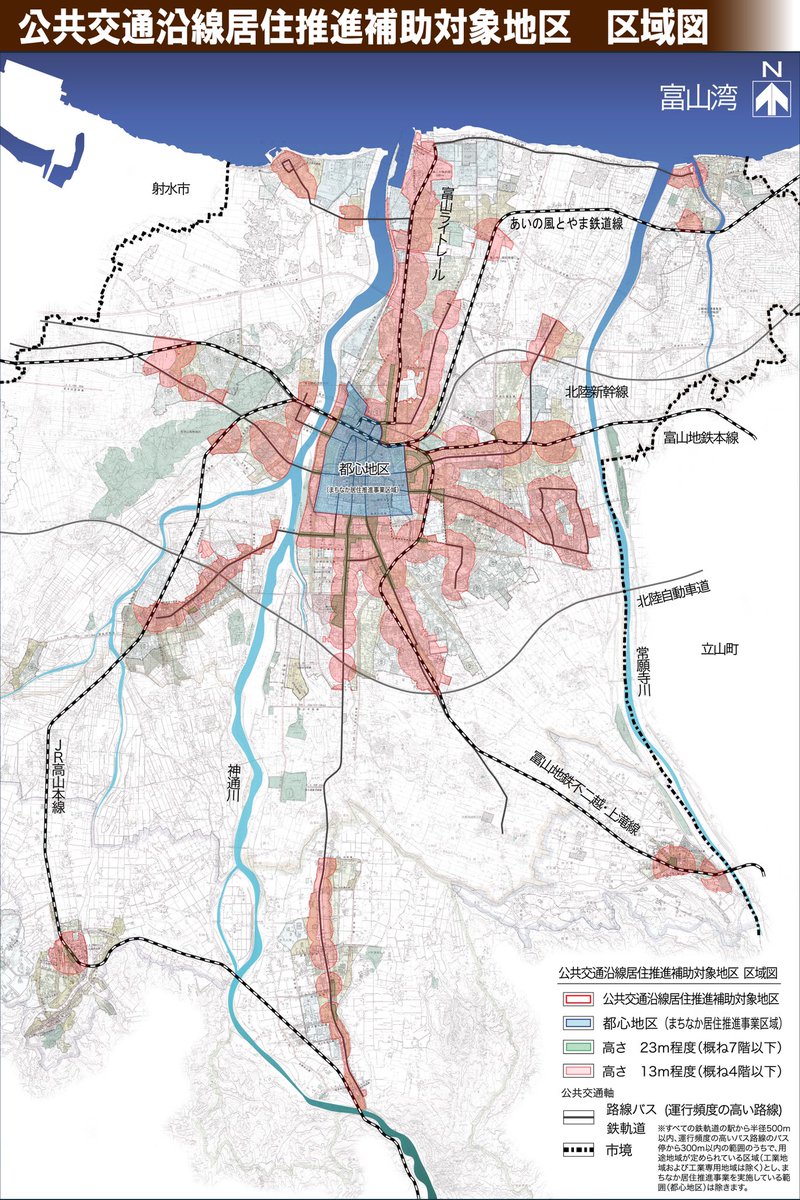
Most interesting thing on twitter last month was a tweet from @ploughmansfolly suggesting that 1 in 10 Americans might be better* employed in market gardening, raising a furor similar to what we get when talking parking.
*For reasons of economy, health, soil, animal rights, &c.
*For reasons of economy, health, soil, animal rights, &c.
https://twitter.com/wrathofgnon/status/1369168065678610432
The furor was to be expected of course, but it shone a light on the familiar blue-tick disconnect. @ploughmansfolly based his argument on vegetables/chicken. Let's look at chickens. Already 13% of Americans keep chicken. So his argument was low-balling it: just get a bigger coop. 

Second argument: grow your own vegetables. This is easy, since the largest crop by area already is lawn turf. 63,000miles² (the State of Georgia is 59,425miles²). Just convert 3-4% of it to greenhouses and cabbage fields. Several farms/gardeners are already doing that. 

Many pointed out that cities aren't the best places for "one in ten Americans to grow rhubarbs." I agree. Luckily two in ten Americans live in rural areas. So again, @ploughmansfolly was really low-balling it. Remember we are still just talking about possibilities. "Imagine if." 

Others pointed out that market gardening is serious business and people don't have time for it, with jobs and all. Again yes, I agree: running a vegetable farm on the side would cut into TV time. Luckily, on average, Americans spend more time with their TV than at work. 



Spending more time poking around the ecosystem would obviously also have a large positive cascading effect on such things as reducing the use of pesticides, improving mental and physical health, reducing food waste, energy and water use etc. So, let's imagine if "one in ten".
https://twitter.com/wrathofgnon/status/1320678692335407104
Anyway, if you worry about the downstream impacts on employment and economy, don't. Not a single person would have to quit their job if one in ten Americans took up market gardening and kept 35 chickens in their backyard. The American labor reserve is immense (to use the lingo).
https://twitter.com/vitruviankulak/status/1490319963097374723
So do follow @ploughmansfolly if you feel like having your feathers lovingly ruffled and don't mind a little dirt under the fingernails. Even if you hate the One in Ten Americans idea it wouldn't hurt an ounce as bad as the pain of battery chicken, poisoned fish, insects, etc.
https://twitter.com/ploughmansfolly/status/1486886372992552966
• • •
Missing some Tweet in this thread? You can try to
force a refresh




























